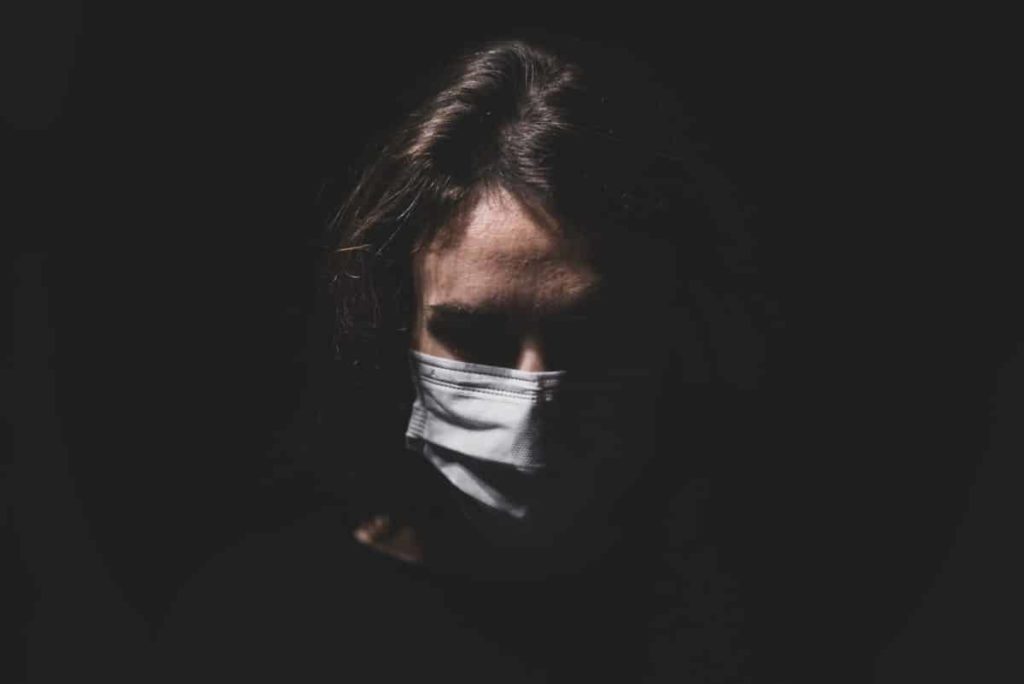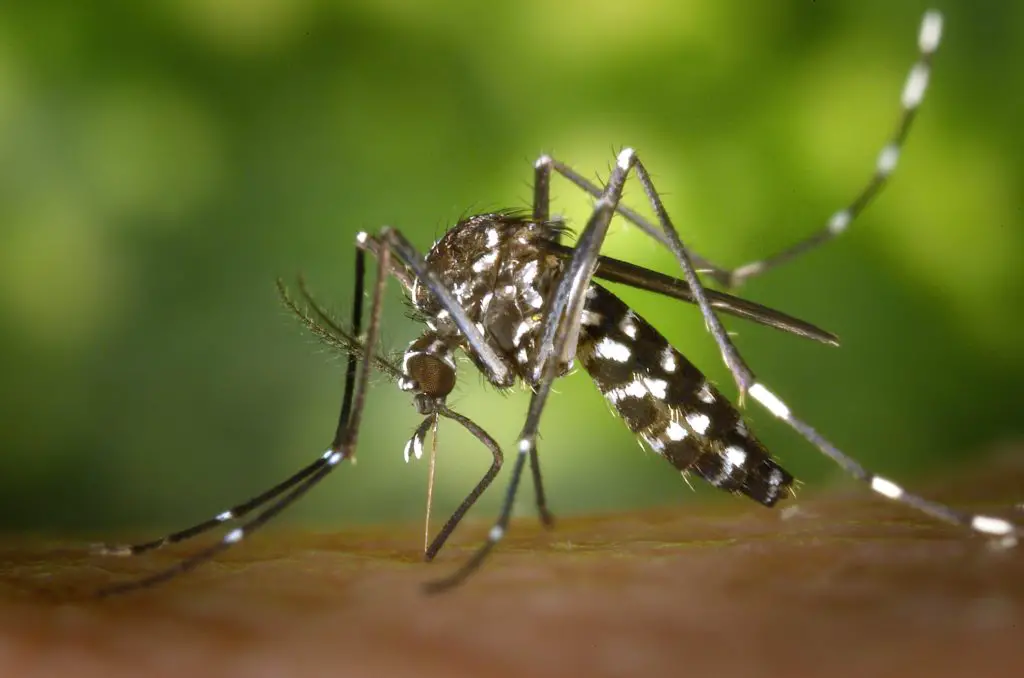Is Tuberculosis (TB) curable? What is DOTS? Q&A’s
Tuberculosis or TB is one of the most common infectious diseases found in India. Although a lot of awareness has been made by efforts of government and healthcare professionals still it is considered as one of the taboos in India. Let’s answer some of the common queries we get from our patients or other visitors.
Read about Statistics of Tuberculosis (TB) in India and Global Burden of Tuberculosis (TB).
What causes Tuberculosis (TB)?
Bacteria named Mycobacterium tuberculosis is the organism responsible for TB.
What is Multi-drug-resistant tuberculosis (MDR TB)?
It is an advanced form of TB in which some strains of Mycobacterium Tuberculosis become resistant against 2 main anti-TB drugs i.e isoniazid and rifampicin.
What is XDR-TB?
It is a more advanced type of TB in which MDR-TB becomes resistant to any fluoroquinolone and at least one of 3 injectable TB drugs (2nd line drugs which include amikacin, capreomycin or kanamycin).
Which part of the body is affected by Tuberculosis (TB)?
TB bacteria can affect any part of the body. Most commonly it affects the lungs.
How Tuberculosis (TB) spreads?
It spreads from person to person through the air. TB bacteria can go from nose to the lungs. It gets settled down there. TB bacteria then can go into the blood and spreads to different parts of the body like kidney, spine, brain. Tuberculosis of the lung and throat is usually infective and can transmit. TB of other body parts cannot be transmitted to others. You may be surprised to know that 1 TB patient can infect 10 or more people in a year. TB is seen more commonly in densely populated areas.
Does Tuberculosis (TB) spread by sharing food or drink?
No, TB does not spread by sharing food or drink. Neither it spreads by touching clothes or shaking hand.
Who are at risk of getting TB?
Those who are in constant contact with TB patients are at risk of getting TB like friends, family, colleagues and healthcare professionals treating TB patients. People who have a weak immune system, due to other medical conditions like HIV/AIDS, cancer, diabetes are also at high risk. Some people who are on treatment with drugs which make the immune system weak like those who have undergone recent organ transplantation or suffering from autoimmune diseases are at high risk of getting TB.
What’s the difference between Latent TB Infection and TB Disease?
Many times people get infected with TB bacteria but due to strong immunity, they don’t show any symptoms. This condition is known as Latent TB. People with latent TB don’t transmit bacteria to others. But they may show a positive skin test for tuberculosis.
People with latent TB can live their life normally without any symptom for a lifetime. But if due to any reason, at any stage of life, their immunity goes down then they become vulnerable to getting a full-blown TB. This condition is known as TB disease. People with TB disease are infectious and can spread TB to others.
What are the Signs & Symptoms of Tuberculosis (TB)?
Well, that depends which part of the body is infected with TB. If lungs are involved then symptoms will be cough (which will last for more than 3 weeks), chest pain will be there and many times people with advanced TB cough blood in their sputum. Others clinical features include rapid loss of weight, fever, weakness, night sweats etc.
What should I do so that I don’t get TB?
Take precautions like covering your mouth while speaking with TB patient. Keep your immunity strong by taking nutrient-rich food like fruits and vegetables, eggs, fish etc. If you come under the high-risk group then avoid contact with TB patients. Also, take precautions while travelling to areas where TB cases are relatively more.
Is there any vaccine available for TB?
Yes, vaccine named Bacille Calmette-Guérin (BCG) is available. It usually given to infants in India. Many more are under trials.
How TB is diagnosed?
If your doctor suspects TB by your history, clinical signs and symptoms and clinical examination then he/she will ask you to get a skin test named Montoux test. It is a screening test in which fluid will be injected under your skin at the lower part of your arm. Then after 48-72 hours, your doctor will check the reaction of the skin. If you have TB bacteria inside you then the skin will become hard and swelling will be seen which means “positive test”.
If the test comes positive or even if the test comes negative but you are showing signs and symptoms of TB then your doctor will ask you to get your sputum tested. Sometimes sputum also comes negative due to low bacterial load in sputum but the patient shows symptoms of TB, then your doctor will ask for chest Xray. If Chest Xray will show characteristic features of TB, then you will be labelled as Sputum Negative TB patient. Your doctor will start TB treatment or will refer you to a TB specialist.
There are better tests available like Gene Xpert. This test not only detects TB bacteria but also whether you will show drug resistance to TB drugs or not. It is used to detect MDR-TB and XDR-TB.
Is TB curable?
Yes, it is completely curable. You have to take DOTS treatment for 6-9 months or longer if you have MDR OR XDR-TB, to completely remove bacteria from your body.
What is DOTS?
DOTS (Directly Observed Treatment, Short-course) is the most effective method to control the TB cases. DOTS has five key components:
- Government’s commitment to control TB
- Detection of TB by testing sputum and reporting it to healthcare authorities.
- A treatment course of six to eight months (minimum) for all sputum positive cases, with directly observed treatment (DOT) for minimum initial two months.
- An uninterrupted and regular supply of anti-TB drugs by government.
- And lastly reporting and maintaining records of TB patients so it can be used to assess the TB control program.
Also note that for every 1.5 – 2.5lac population, 1 TB unit has been designated in India. Tb unit has the resources to diagnose, initiate treatment, record and report patient’s data and also to ensure the availability of anti-TB drugs.
Which drugs are used to treat TB patients?
The most common anti-TB drugs used are isoniazid, rifampicin, pyrazinamide, streptomycin, and ethambutol.
What are various side effects of TB drugs?
Patients on TB treatment can experience different side effects like nausea/vomiting, brown urine, jaundice, tingling and numbness of hands and feet, tummy pain, blurring of vision, bruises etc. Rifampin (RIF) or rifapentine (RPT) will cause orange discolouration of urine and possibly other body fluids. This is normal. You will be informed about these side effects by your doctor. If you experience any of the side effects, please visit your doctor.










